If you ever feel like your exercise is missing something in carving your hips, trust me, you are not alone. Good news? You don’t need fancy fitness equipment or endless hours on a treadmill to build strong, round and functional hips. With the right weight exercise, you can make incredible progress at home.
Today, I will be sharing my five favorite hip exercises at home without equipment. These are not random movements as they target different areas of the hips, giving your overall strength and motivation a careful way.
Before we jump in, here’s what I hope you know: Your hips are more than just “performance muscles.” They are the power of your body. They stabilize your hips, support your lower back, and help you move more effectively in everything you do. That’s why it’s so important to train them correctly.
Below you will find five moves hitting your hips from every angle – plus the tricks to make them more difficult as they progress. Before doing the exercise, let’s look back at the hips and I’ll guide you step by step as if we’re training together.
Anatomy of the hips: What you really train
The hip is not just a muscle – they work together:
- Maximum gluteal maximus – The largest, responsible for hip stretching and giving your hip shape.
- hip media – Located on the side, it is crucial for hip stability and balance.
- Big buttocks – Deeper layers that help stabilize the pelvis.
The exercises below will hit all three so you get aesthetics (shape and lift) as well as performance (strength and stability).
Why train your hips at home?
When I work with clients, the first thing they tell me is: “I don’t have time to go to the gym.” That’s OK. You don’t need a gym membership to make progress. There are several advantages to training your hips at home:
- convenient: No commuting, no waiting machines, no excuses.
- consistency: When exercise is suitable for your lifestyle, you are more likely to stick to it.
- Effective: With weight resistance, you can still challenge your muscles by focusing on the stressful techniques, control and time.
If you train them smartly, your hips respond equally to weight exercise.
5 Best Butt Workouts Without Equipment
Now, let’s get into the fun part.
1. Weight sumo squat
This move is my first choice for hip training at home. Think of it as a wide squat that not only shoots the hips, but also works on the inner thighs. By opening your hips and lowering deeper levels, you can recruit muscles that are often missed by standard squats. This is simple, but very effective.
How to do:
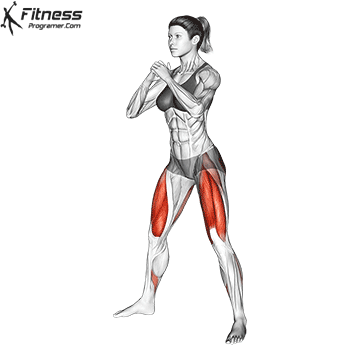
- The wide foot is wider than the shoulders, and the toes are slightly pointed out.
- Keep your chest tall, core support, and shoulders relax.
- Push your hips back and bend your knees, lowering them as if you were sitting in a chair.
- Keep your heels grounded and your knees pressed outward.
- Once you reach the lowest comfortable position, press the high heels to return to stand.
represent: 3 sets 12-15 times.
💡 hint: Stop for a second at the bottom of each squat to truly feel your hip engaging.
Why it works: Compared to narrow positions, the squat moves to the gluteus and the inner thighs. This is an excellent way to enhance the lower body while improving hip mobility.
2. Side cover clams
This may not seem much, but don’t underestimate it. The side clams separate your gluteus maximus, which are small and powerful muscles that keep your hips stable. Burn quickly, that’s exactly what we want.
How to do:
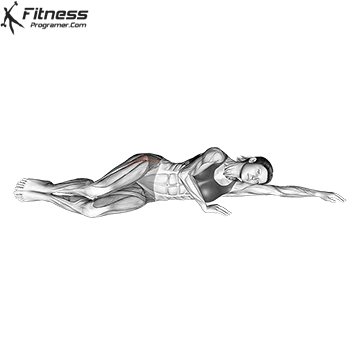
- Lying beside you, your knees bent at 90 degrees and your feet pile up.
- Keep the head supported by the arms.
- Without moving the pelvis, lift the top knee while keeping your feet together (such as opening the clams).
- Slowly lower your knees down.
represent: 3 groups 15-20 times per side.
💡 hint: Place your hands on your hips to make sure your pelvis does not sway backwards. Once you have mastered the weight version, add a resistance band above your knees.
Why it works: The exercise enhances the hip Medius, which is key to balance, hip stability and even relieves knee pain. This is a must if you run, walk long distances or struggle with a swaying knee while squatting.
3. Thigh fly
This is one you’ve never tried before. The lying thigh fly challenges your hips and inner thighs, which is a great addition to other movements in this exercise. It’s a controlled, mindful movement that forces you to focus.
How to do:
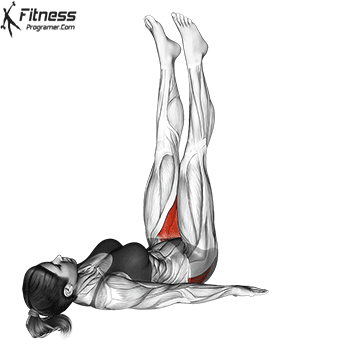
- Lying on your back, legs reaching toward the ceiling.
- Place your arms on both sides for support.
- Slowly spread your legs to the side, with a wide width so that your flexibility is not tense.
- Squeeze your thighs and hips as you restore your legs together.
💡 hint: If flexibility is a problem, start with a smaller range of motion and gradually increase. For more muscle interactions, try the belt band changes, which involve adding resistance bands to the ankle or thighs.
represent: 3 sets 12-15 times.
Why it works: By combining hip abduction and external rotation, both thigh flies interact with the medial thigh and external hips. This helps balance muscle development and prevents pelvic instability.
4. Kick on the bench with hips
Flutter Kicks are often thought to be ABS only, but when you perform them from the bench, they become hip-centric isolation training. They are surprisingly challenging and do hit the lower hips. If you don’t have a bench, a solid chair or bed edge is OK.
How to do:
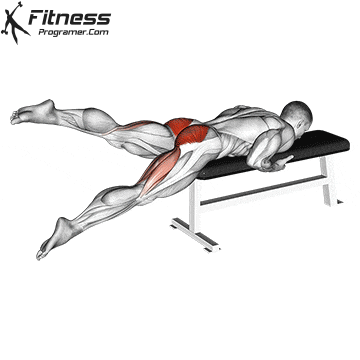
- Lie down on a solid bench so your hips are on the edge.
- Keep the sides of the bench for stability.
- Straighten your legs and lift them to hip height.
- Alternating small, controllable up and down slam movements, legs.
- Keep movement slow and controlled – Avoid swinging.
represent: 3 groups 3×15-20
💡 hint: Keep your movement small and stable – Avoid swaying. The tighter your hands keeping the core, the more your hips will be able to do the job.
Why it works: Continuous tension in raising the legs activates the gluteus and hamstrings, while trembling movements recruit stable muscles. It is especially effective for rounded upper hips.
5. The hip bridge on the bench
If I only need to pick it once from this list, it is the hip bridge. It is one of the best weight hip exercises and raises your feet on the bench to make it stronger by increasing range of motion.

How to do:
- Place your feet flat on a bench or a sturdy chair, and place them flat on your back.
- Bend your knees about 90 degrees.
- Wear through high heels, lift your hips upwards until your body forms a straight line from shoulders to knees.
- Squeeze your hips hard for 2-3 seconds.
- Reduce slowly and repeat.
represent: 4 sets 12-15 times.
💡 hint: Press the heel, not the toes. If you feel more in the quad or lower back, adjust the position of your feet until you find the best position for your hips.
Why it works: The hip bridge isolates your gluteus maximus – the largest gluteus. As the bench increases height, your bottom stretches deeper and you get stronger contractions on the top, which means greater activation and better results.
Sample 15 minutes of home hip exercise
Combine all five moves for a quick but effective home lubrication exercise:
- Weight sumo squat – 3×15
- Side clams – 3×20 per side
- Thigh fly – 3×15
- Bench thorn trembling kick – 3×15-20 per side
- The hip bridge on the bench – 4×12–15
Rest for 30–45 seconds between exercises. Repeat 2–3 rounds according to fitness level.
Warm up before your thorn workout
Before we dig into the main hip exercises, I hope you prepare your body for success. Skipping the warm-up is like trying to start the car on a frozen morning, it will still run but not as smooth as it will and has a higher risk of crashing. This is a 5-minute dynamic Warm-up routine I recommend before doing the sharing exercise:
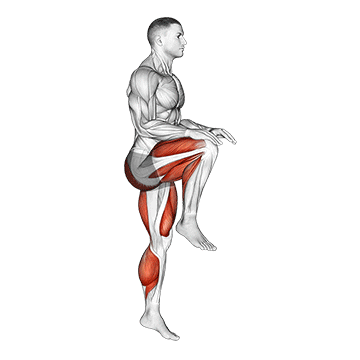
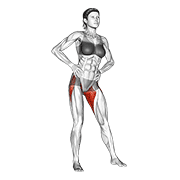
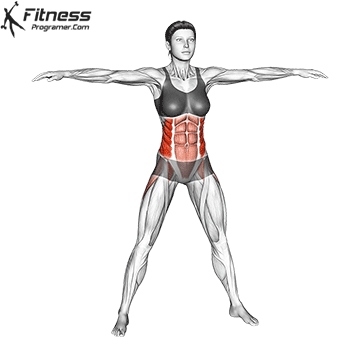
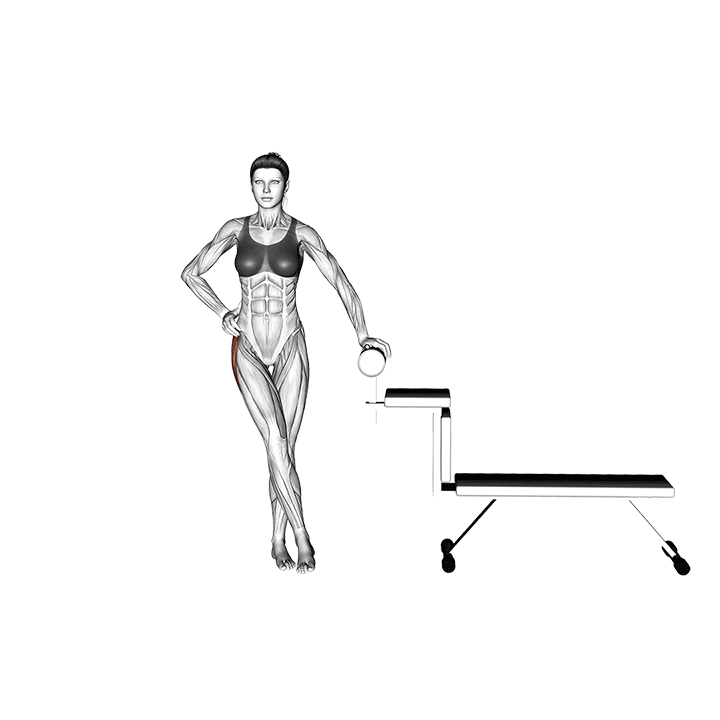
Prompt for maximum effect
- Focus on form: Quality means more important than quantity.
- Thinking muscle connection: During each movement, actively squeeze the hips.
- progress: As you get stronger, add resistance bands or keep each contraction longer.
- consistency: Aim at 2-3 hip-centric sessions per week.
- Lifestyle support: Pair training with proper sleep, hydration and protein intake for faster results.
Nutrition and recovery of gluteal muscle growth
Building a hip is not just about training, it is about how you cheer and recover.
Protein and macronutrients
- Lean protein (chicken, fish, tofu, eggs) is preferred to support muscle repair.
- Don’t ignore healthy carbs and fats to burn energy and recover.
Rest and recovery strategies
- Sleep at least 7-9 hours a night.
- Stretch your hips and hips after exercise to avoid tightness.
- Use foam to roll for faster recovery.
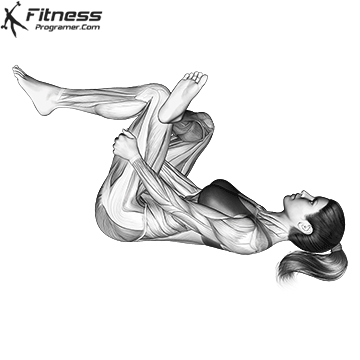
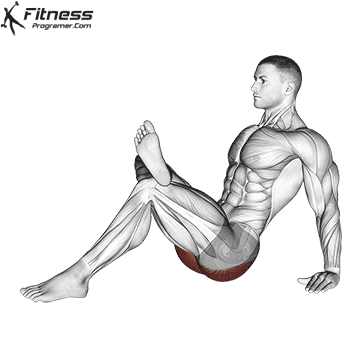

Frequently Asked Questions about Thorn Training at Home
1. Can I only grow my hips through weight exercises?
Yes! With proper form, stressful time and progressive overload, weight training can definitely build up the size and strength of hip size.
2. How long does it take to see the results?
Usually, you will notice changes over 6-8 weeks and maintain continuous training and proper nutrition.
3. Do I need resistance band or weight?
Not at first. These exercises are effective in themselves, but adding resistance bands later can speed up progress.
4. Can I do these exercises every day?
I recommend training 2-3 times a week to give your muscles time to recover and grow.
5. Will hip training reduce hip loss?
While you can’t change the bone structure, strengthening your hips will create a rounder look.
6. Are these exercises safe for beginners?
Absolutely! Start with your weight, then gradually develop, and then do a more intense hip exercise.
Conclusion: Build strength, shape and confidence
Here’s the fact: You don’t need a gym or high-end equipment to build a sturdy, carved hip. These Butt exercise at home without equipment Easy, effective, and accessible for anyone – whether you’re a beginner or more advanced.
The most important thing is consistency, good form and a little patience. Training your hips, cheering your body, and giving yourself time to recover. Over the course of weeks and months, you will not only see changes in your body, but also feel the confidence to build strength from scratch.
Remember that your hips are not only for appearance, but for your power. So, take these exercises and work on them, let’s get started.
#powerful #hip #exercises #equipment
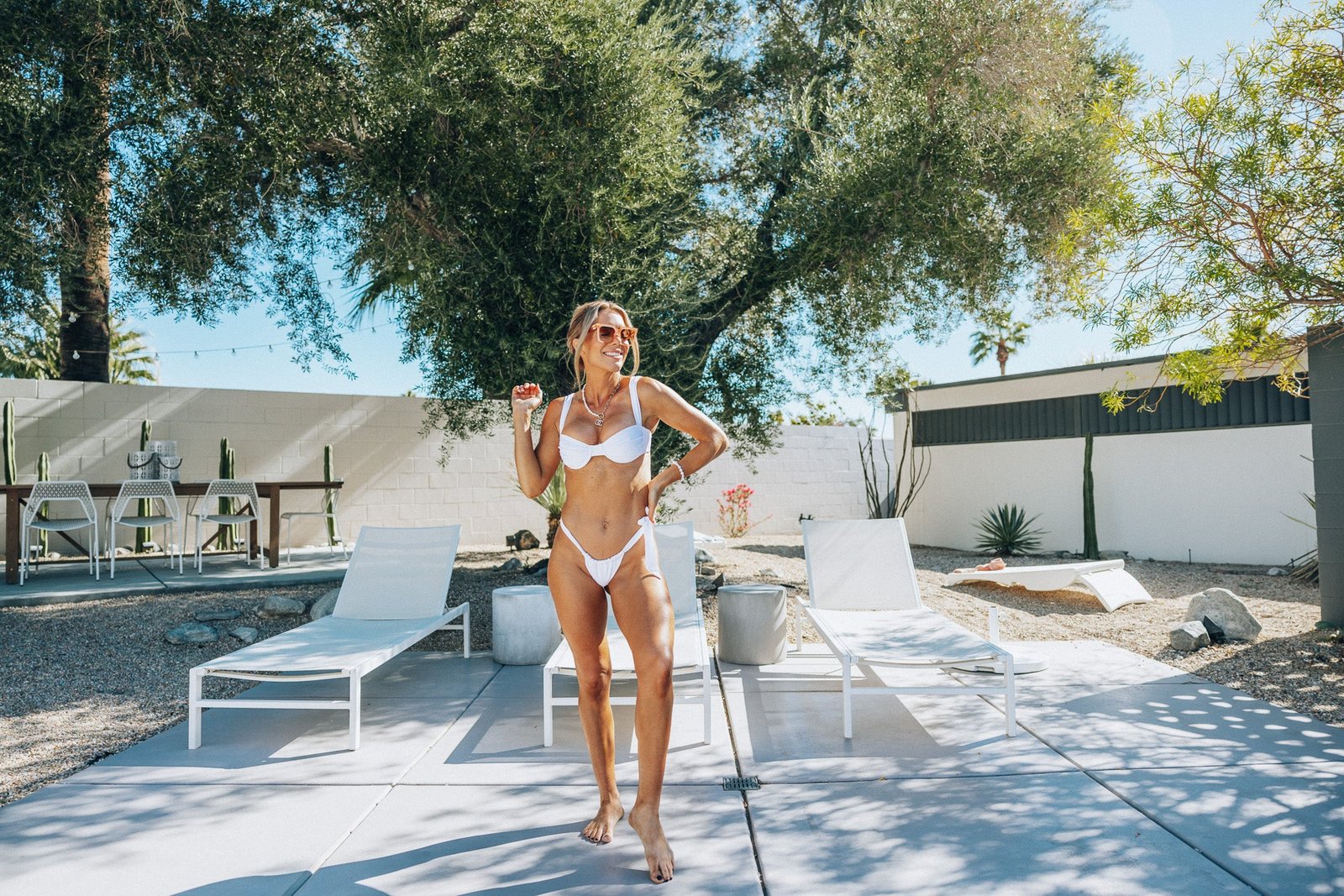




Your blog is like a beacon of light in the vast expanse of the internet. Your thoughtful analysis and insightful commentary never fail to leave a lasting impression. Thank you for all that you do.
I tried your suggestion and it worked perfectly for me. Cheers!
helloI like your writing very so much proportion we keep up a correspondence extra approximately your post on AOL I need an expert in this space to unravel my problem May be that is you Taking a look forward to see you
For the reason that the admin of this site is working, no uncertainty very quickly it will be renowned, due to its quality contents.